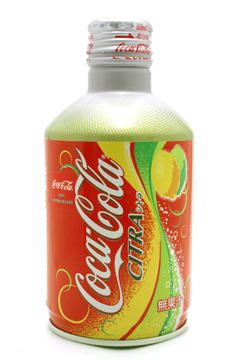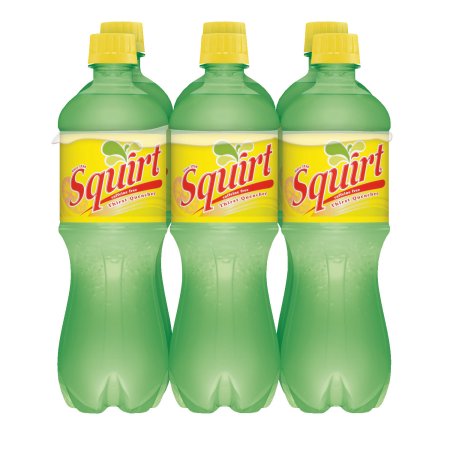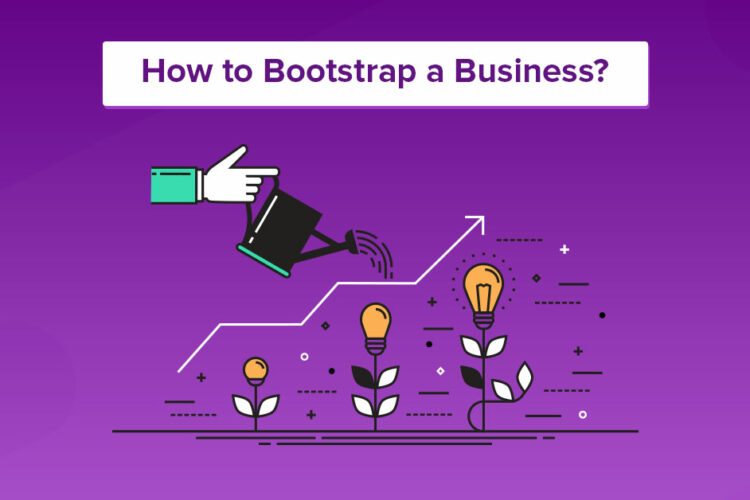
You came to the right site if you wanted to learn more about effective brand strategy. This brand strategy beginner’s guide will go through 3 brand strategies for your items and 4 brand strategies to support business growth. Following this, you’ll be more knowledgeable about branding and well on your way to giving your team valuable insights. Brand strategy 101 will be a good beginner guide for Branding your Business.
Product Branding Techniques for Branding your Business
Multi-product branding, multi-branding, and private branding are the three brand methods that big businesses typically employ to choose which goods will contribute to which brand names.
Benefits of Multi-Product Brand for Branding your Business
Multi-product branding, also known as family branding or corporate branding is the practice of using one brand name for all of a company’s goods in a class. For instance, the Sony brand is present on the majority, if not all, of their products. However, you will also notice it in their PlayStation series and on televisions. The corporate or parent brand name is Sony. Multiproduct branding benefits include less advertising costs and greater brand recognition. These benefits come as a result of the widespread usage of your brand name across numerous product categories.
The idea is to sell a different product in a different product class using a brand name that has become well-known in one product class, in the hopes that the brand familiarity would transfer. The multi-product brand strategy does, however, have a disadvantage.
How to Avert Problems With Multi-Product Brands for Branding your Business
Spreading your brand thin is a drawback of multi-product branding. The outcome of a corporation spreading its brand thin is frequently a weaker brand image. The effect of brand equity being diluted increases as a brand name is used more frequently on goods belonging to a different class. Companies employ sub-branding to mitigate the drawbacks of multiproduct branding. A corporation can use the well-known brand name while giving each product a smaller brand identity through sub-branding. For instance, the men’s Mach 3 razor from Gillette.
Since the new Mach 3 is prominently marked with the Gillette brand, customers will automatically identify it with high quality. This distinguishes the Mach 3 from other Gillette razors and gives it a sub-brand.
Multi-Branding for Branding your Business
When a product or product line is aimed at many markets, multi-branding is employed. The automotive industry favors the usage of this type of branding. For instance, Chevrolet makes a variety of vehicles under the Spark and Camaro brand designations. Despite the fact that both of these vehicles fall under the Chevrolet (The Parent Brand) umbrella, they perform entirely distinct functions for various clients in a certain market. If you’re searching for a compact, affordable vehicle to transport you from point A to point B environmentally friendly, consider the Spark.
While the Camaro is designed for drivers who want to get from point A to point B while maintaining style and performance. In essence, the multi-branding strategy enables companies to increase market share by evaluating outside opportunities and identifying a lucrative market niche.
The illustration below shows the range of services FedEx provides. Customers with diverse wants in different market groups are served by the various delivery methods. For instance, corporations ordering from abroad can be the only ones who need freight shipping. FedEx ground shipping could be used in the interim to send goods to customers who make purchases from your online shop.

Personal Branding
Private branding is the process of producing goods for a store. Products with store logos are an excellent example of private branding. Private branding is a strategy use by some retail businesses to outbid rivals in a particular market. Wal-Mart can create a privately branded version of Colgate toothpaste that costs about $6 and sell it for $3 or $4. Although privately branded products are frequently believe to be of poorer quality, in other cases, this may help businesses attract customers. If you are a single customer, you must understand that you cannot allow your manufacturing company to rely just on you.
4 Brand Development Techniques
Here are four typical brand expansion techniques for companies wishing to broaden their services or product lines. Line extension, brand expansion, new brand strategy, and flanker/fight brand strategy make up the four brand strategies.
1. Extension of the Line Branding
In order to expand the brand, line extension entails developing new items in response to market demand. An example might make the line extension approach easier to understand. With the launch of the 6, Apple debuted the iPhone Plus for the first time. In order to satisfy customers who desire a larger screen, the iPhone Plus was created. They can now use their iPhone whichever best fits them. Because it attracts customers who would have considered one of Apple’s competitors, this growth strategy helps Apple. Apple has discovered a profitable way to service those potential customers rather than losing them.
2. Extension of Branding Strategy
As part of a brand extension plan, you introduce a new brand into a new market after building up your existing brand’s recognition in a related industry. The company Hershey Foods Inc. employs this brand approach. Since Twizzlers have been successful in filling the demand for chewy candy treats, Twizzler Bites might be able to expand into other markets.
Another instance is when Starbucks debuted its K-cups for consumers who wanted to profit from their gourmet coffee at home or at the office. Here is an illustration of how Starbucks strategically applied several brand tactics. They introduce a line extension that is now know as Blonde Roast in addition to using the brand extension strategy to serve clients at the comfort of their homes or offices.

3. Brand strategy for a new company
When a business develops a new brand to go along with a new product, it is known as new brand strategy. The new brand strategy is the most expensive because launching a new brand involves expenses like advertising, hiring salespeople, paying for manufacturing, and more. Numerous salty snacks have produced by Frito Lay under several brand names, including Doritos and Cheetos. Even while this brand-growth method is the most expensive, if executed properly, it may also produce the greatest rewards. You can gain market share by catering to various ends of the spectrum by releasing a brand-new product on the market.
4. Flanker Branding Techniques
A new brand or sub-brand is position at the high or low ends of the spectrum in order to target new market groups. This is known as a flanker brand strategy. Apple, for instance, unveiled the iPhone 8 alongside the iPhone X. You may argue that the iPhone X was only made available as a special 10-year anniversary edition. I beg to differ, though! According to my knowledge and experience, firms don’t make such significant decisions unless they can be successful. Additionally, the iPhone X served as a high-end Flanker product. It was more expensive than the 8 but had additional features.

Fitbit offers a wide range of step trackers at various pricing points. With the lowest price and, as one might anticipate, the fewest features, the Fitbit Flex is at the bottom end of the spectrum. The Flex doesn’t even have a screen, to add to that. This product is used as part of the Flanker brand strategy to attract customers who want a Fitbit step tracker but can afford it.
Combatant Branding
When a company develops a new brand to grab market share away from another, this is known as a fighter brand strategy. Typically, competitors are the target audience for fighting brands rather than customers. For instance, Dr. Pepper’s Squirt was a Grapefruit soft drink that was first released in 1938 with no rivals. As soon as the new fruity soft drink Squirt became available, Coca-Cola saw an opportunity to compete. In order to increase its market share, Coca-Cola decided to manufacture Citra.


Frequently Asked Questions
1. What are the six categories of personal branding?
Altruists, careerists, hipsters, boomerangs, connectors, and selectives are the six key personalities that best describe the different personal brand kinds, according to study. Every branding strategy provides a driving force behind how people communicate and define their position in their business. We think this answer would be help you.
2. How shall I name my brand?
- Here are five considerations for choosing a name for your startup.
- Is that how you describe your work?
- Will customers comprehend the purpose of your product?
- Is it based on a principle that your company stands for?
- Is it memorable and catchy?
- Does it violate the trademark of another company?
3. What method of personal branding is the most successful?
The most effective marketing strategy for Visible Experts to develop their personal brands is public speaking. Experts gain from the conferences and speaking engagements they attend, but they may also leverage their speaking experience to establish credibility over time. We think this answer would be help you.
4. What is a lazy brand?
When reading a brand, go from left to right, up to down, or outside to inside. A letter or symbol is read as a reverse if it is formed in the opposite direction of how it normally appears. A letter is considered to be tumbling when it is partially on its face or back. Lazy letters are those that lie horizontally on their faces or backs.
5. What does a branding strategy look like in practice?
Their “Think Different” campaign is an excellent illustration of their branding efforts. They understood that their clients desired to be outstanding, creative, game-changers, and unique. They were aware that their rivals were powerful and capable of producing high-quality goods, so how could they persuade people to select them?



